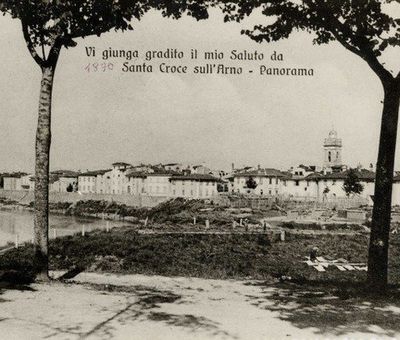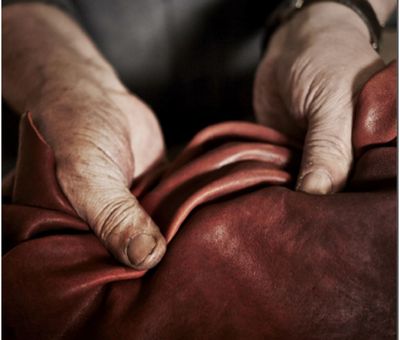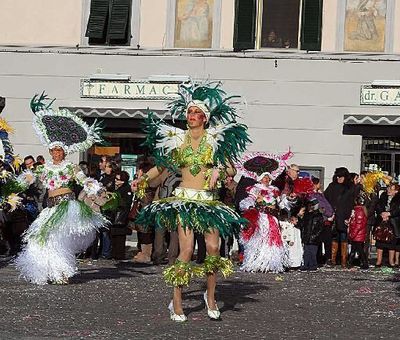Santa Croce sull'Arno, a child of 13th-century Lucchese rule
Between the tenth and twelfth centuries, the area of present-day Santa Croce was under the rule of the powerful Cadolingi feudal family, gentlemen of Pistoia and Fucecchio. Lucca, which dominated these lands “since the year 1000”, to defend itself from Florentine and Pisan rule, decided to build two new lands: Castelfranco di Sotto and Santa Croce sull’Arno. The city of Lucca, as a symbol of its religious and cultural dominance, brought a copy of the “Holy Face”, a wooden image of Christ on the cross, and placed it in the then oratory of Santa Croce, while the castle was being built.
Record hide tanning
In the mid eighteenth century, Santa Croce was a very poor town. The people lived on meagre agricultural and the soil was not very fertile. But they had a large number of townsfolk worked in transportation. What were they transporting? A bit of everything. What if they were transporting hides? Tanning was widespread in Tuscany in the early nineteenth century. It began to take hold and expand in Santa Croce in the 1930s, despite the gripes about the poor air due to untanned and processed hides. Moving from transportation to production and the tanning industry, which has grown exponentially since then. Today Santa Croce is at the cutting edge globally for natural tanning.
A carnival styled by hand
If you know how to tan leather, if you know how to cut it, then that means that you know how to use your hands and that the difference between craftsmanship and art is often feeble. In 1928, some locals decided to dress up to brighten up the grey winter days and a dozen or so friends took to the streets with allegorial carts drawn by pairs of cattle and a multitude of masks: it marked the beginning of the Santa Croce Carnival. In the mid Thirties the first carnival groups were set up, linked to the various bars in the town centre. In 1939 the carnival was put on hold due to the Second World War. But the joyful carts returned once more after the end of the war. In 1953, as a result of the strikes and accidents that occurred, the carnival lost its appeal again and risked disappearing altogether. But in 1976 the carnival groups resumed their work with vigour. From that moment on, the initiatives have multiplied, the appeal of our parades has spread throughout Italy and the Santa Croce Carnival has gained the name “carnevale d’autore”, a carnival styled by hand due to the beauty and detail of its costumes.







